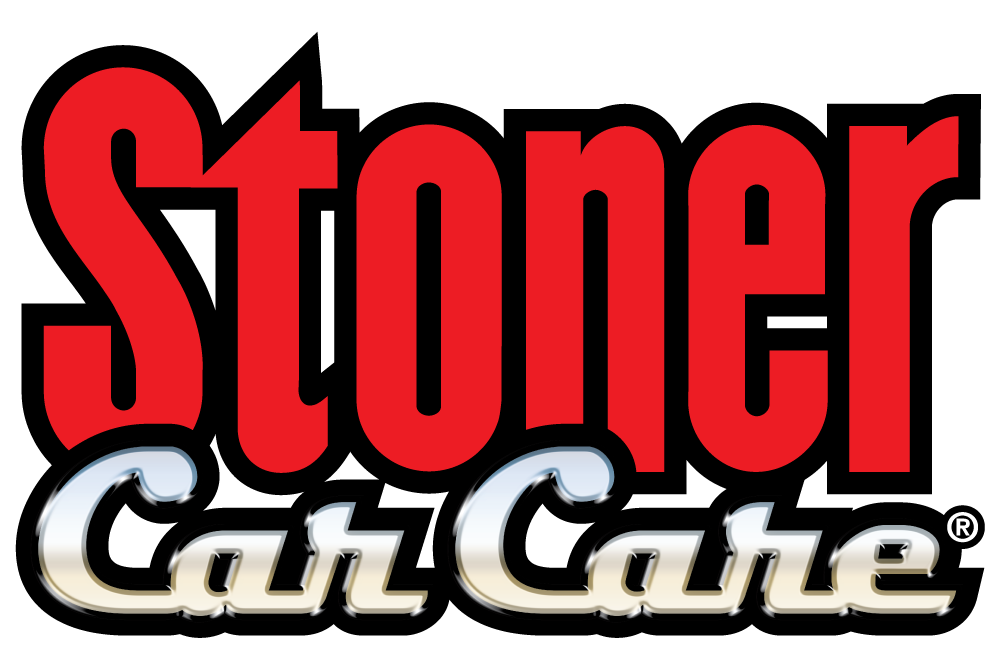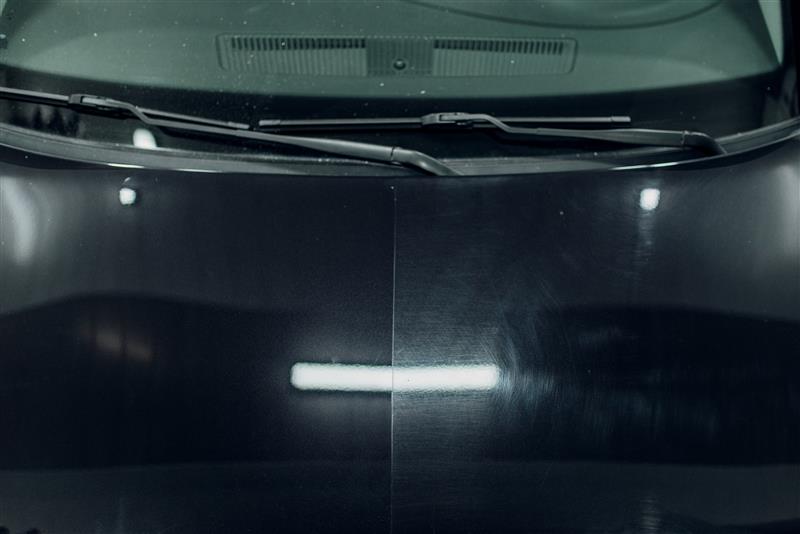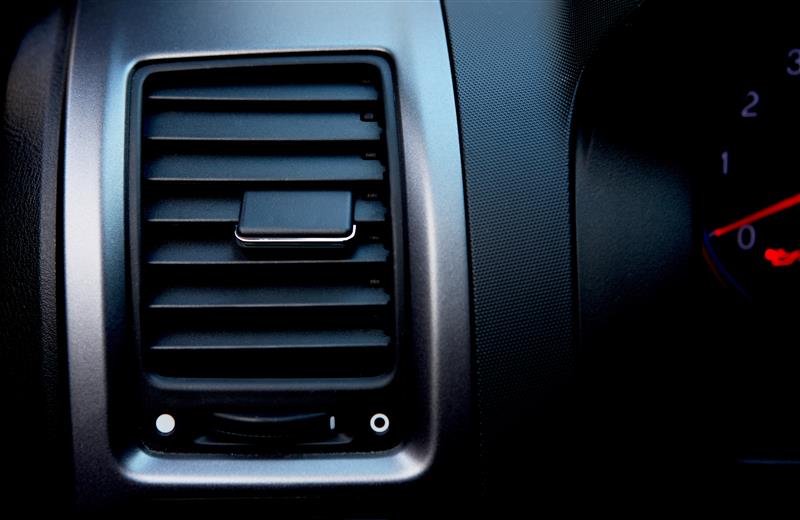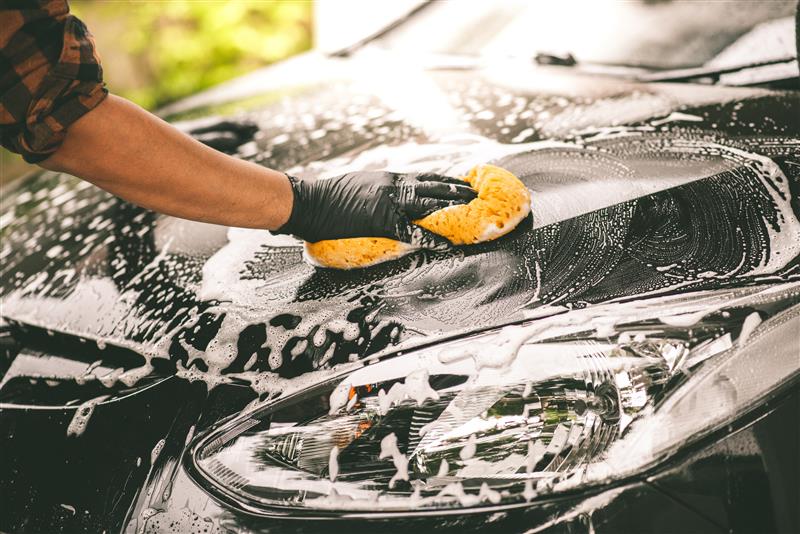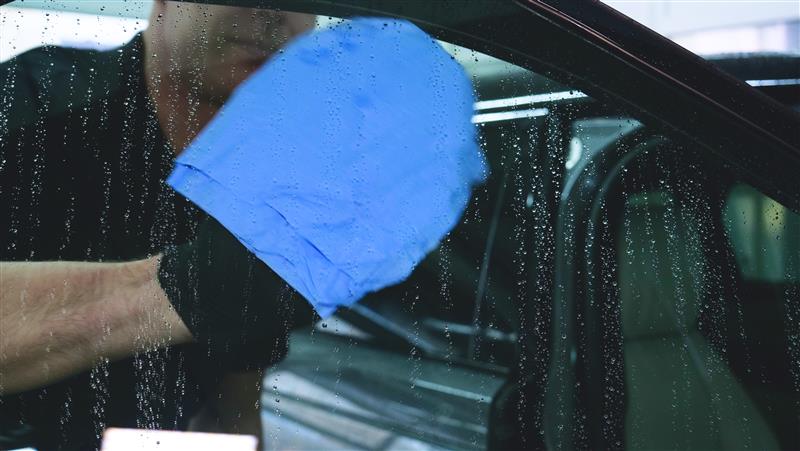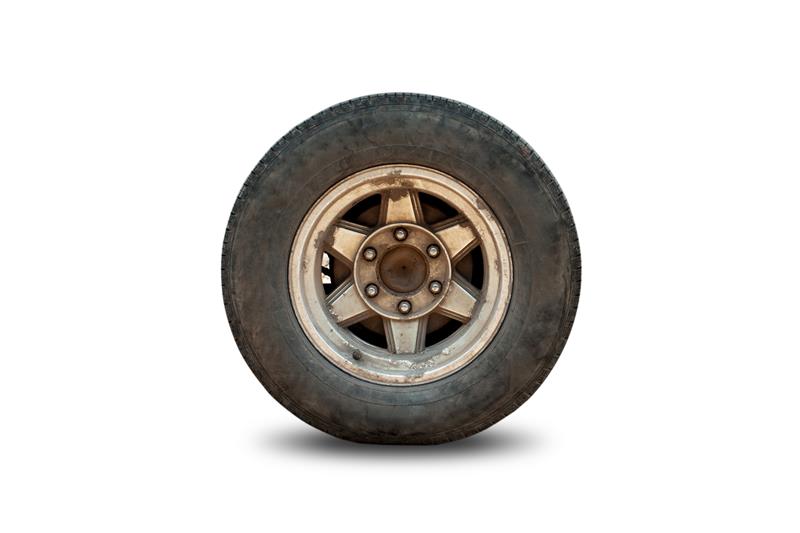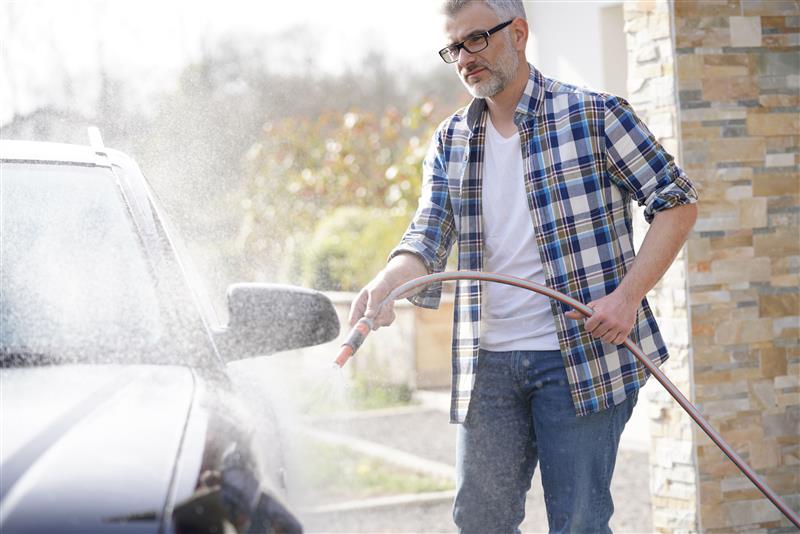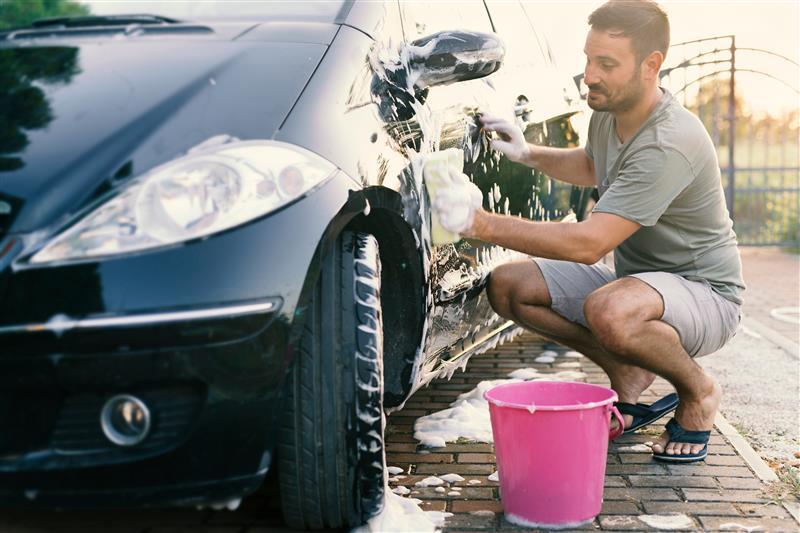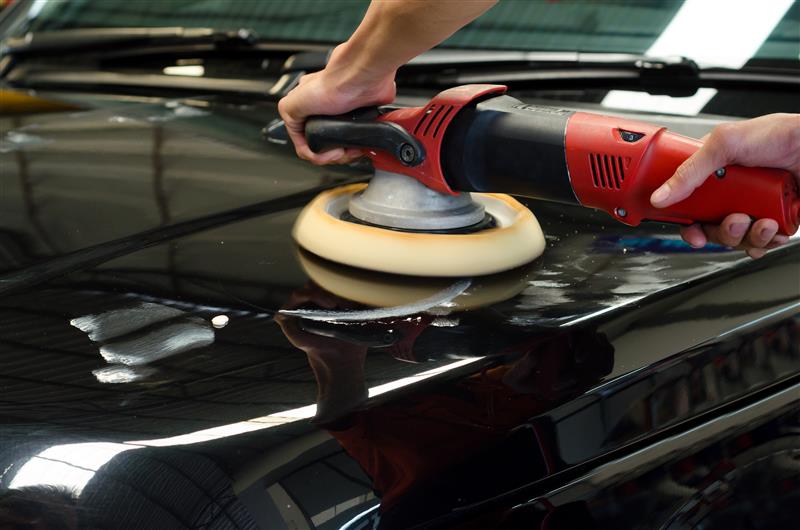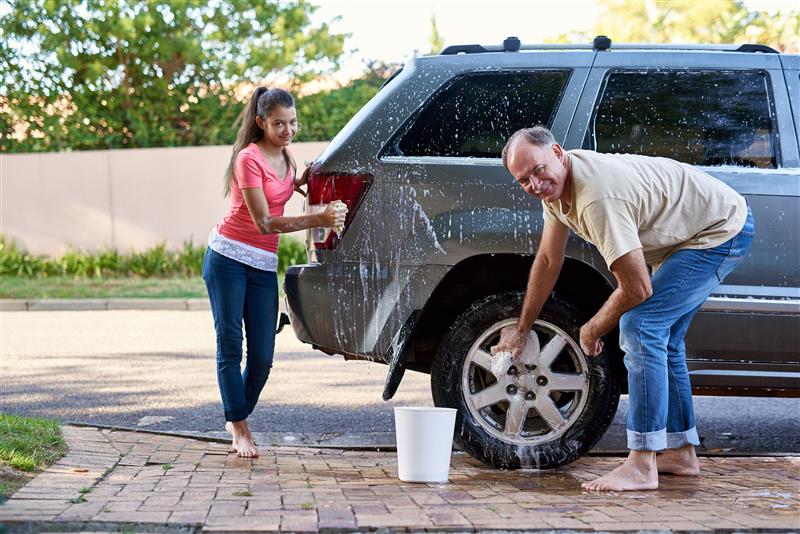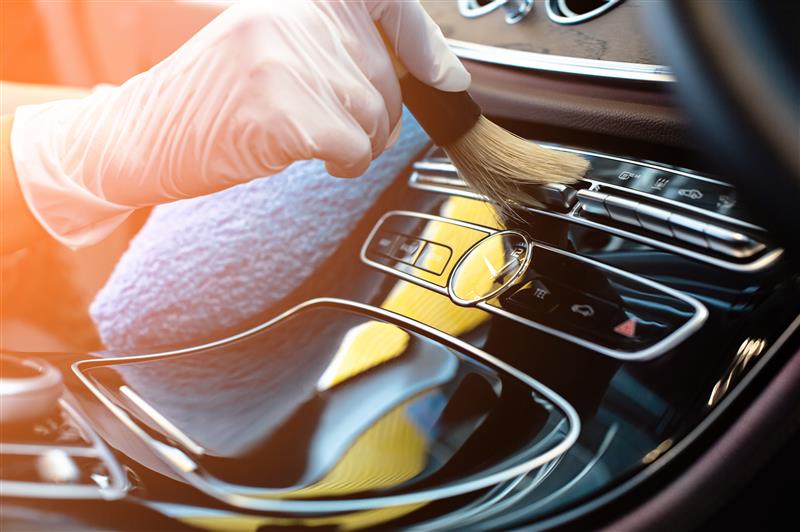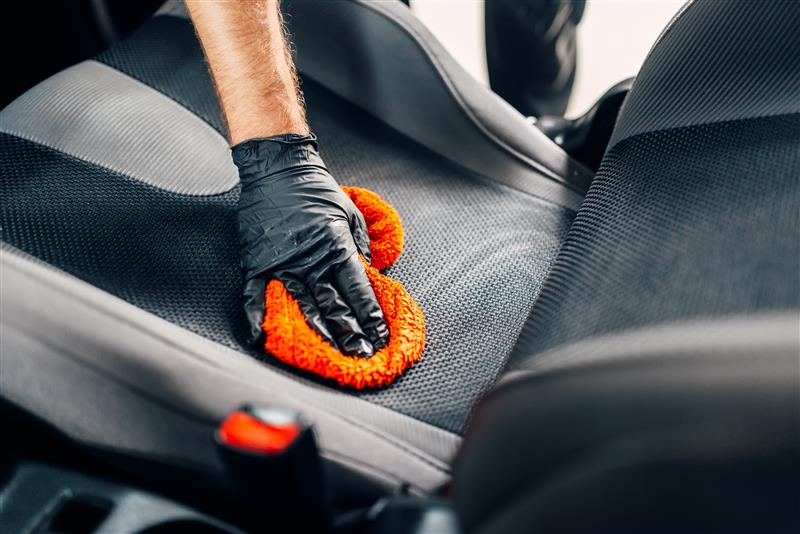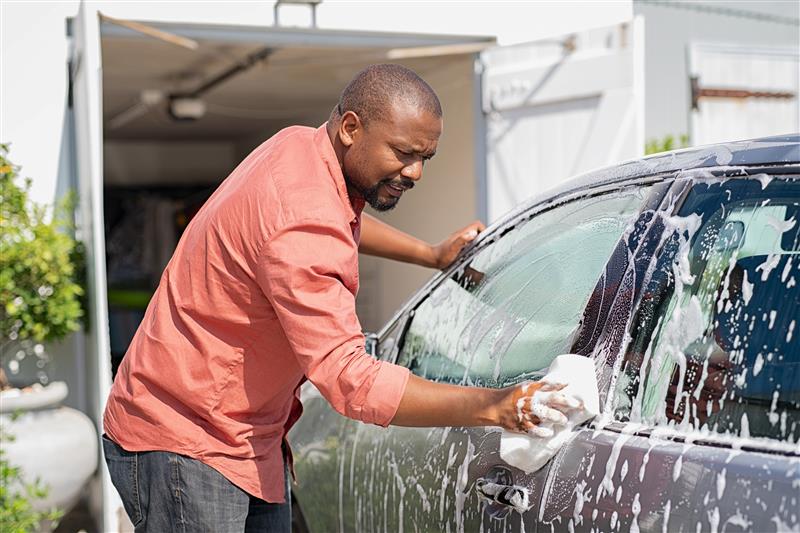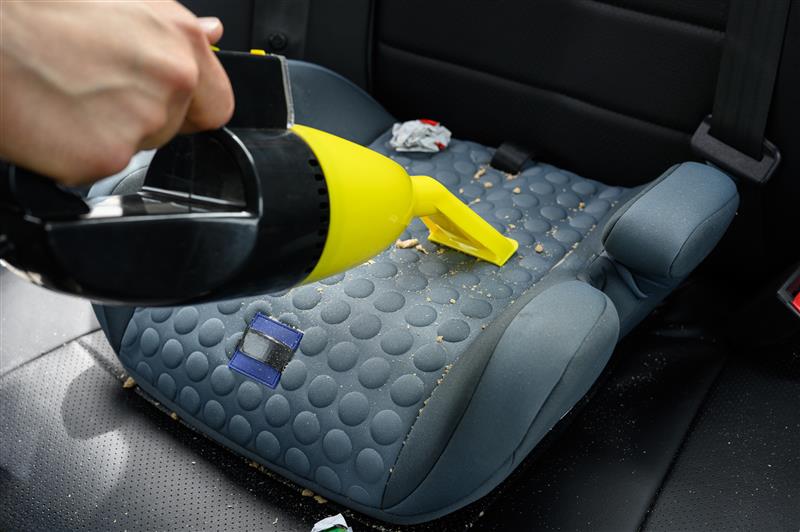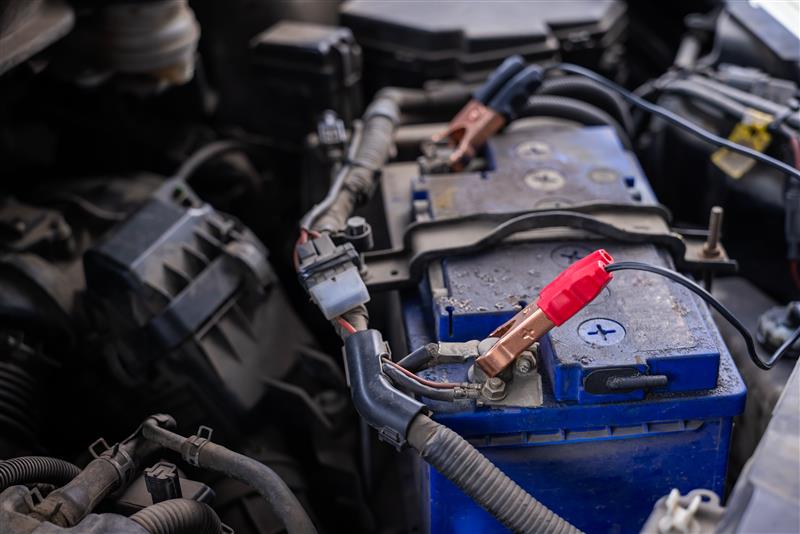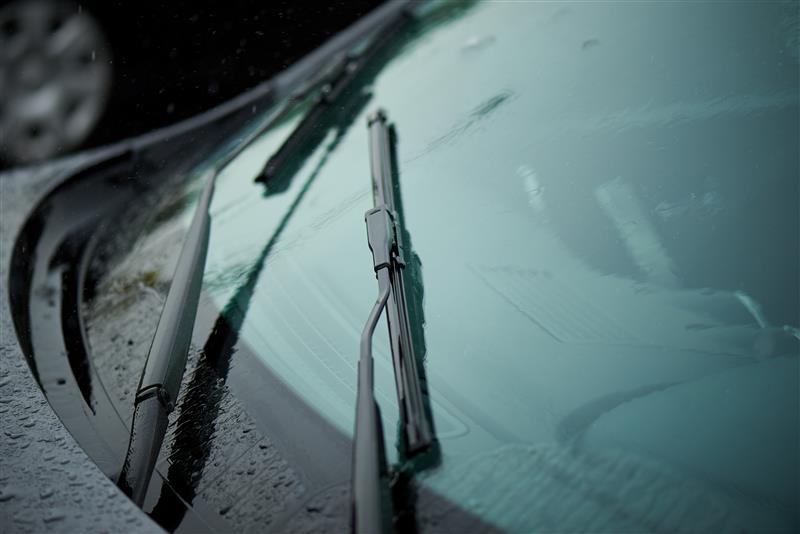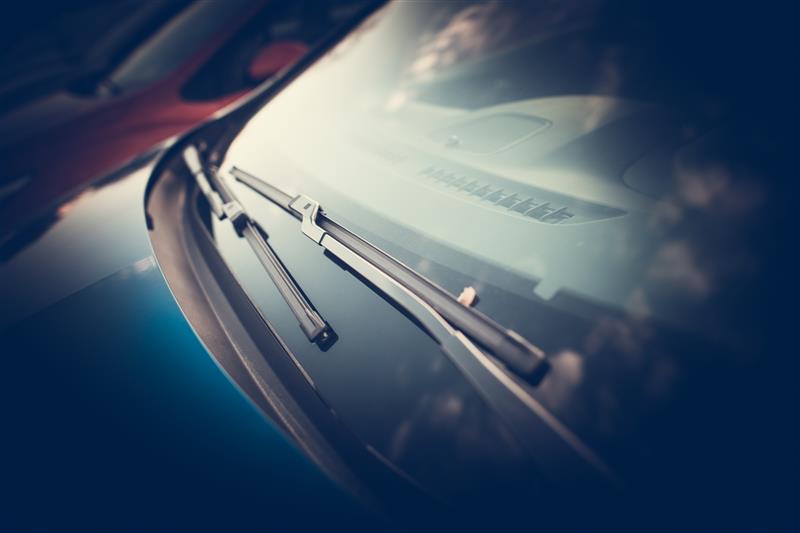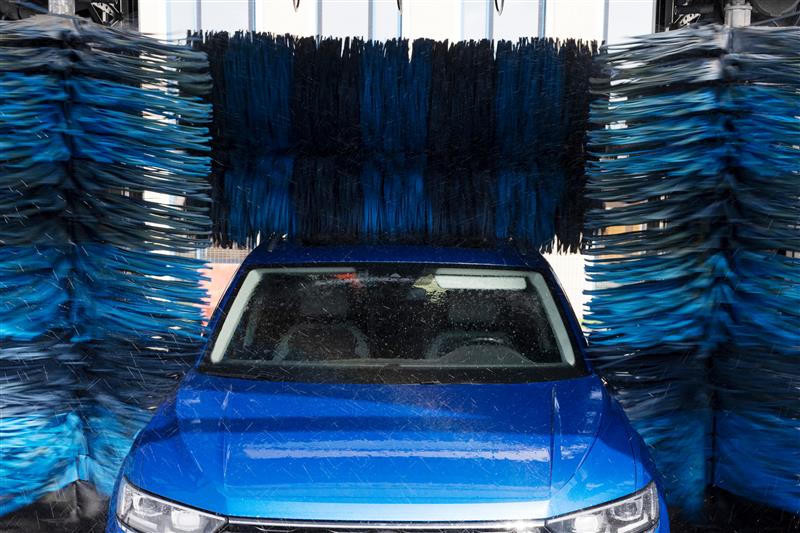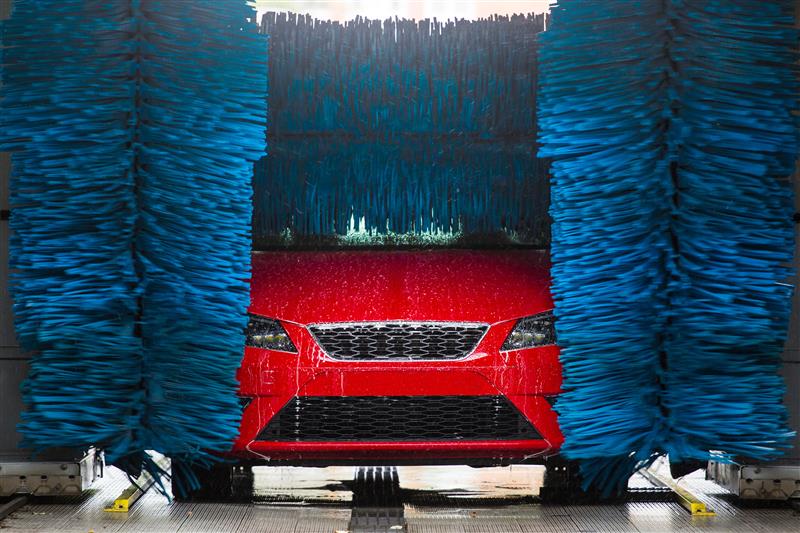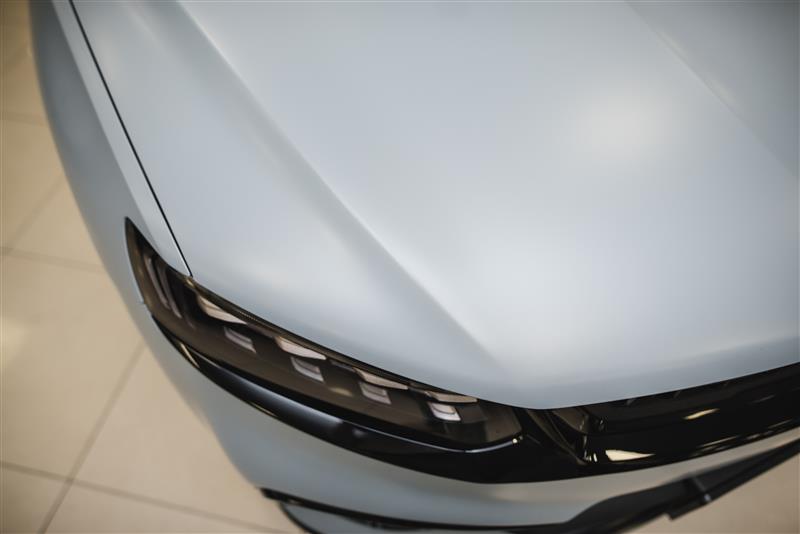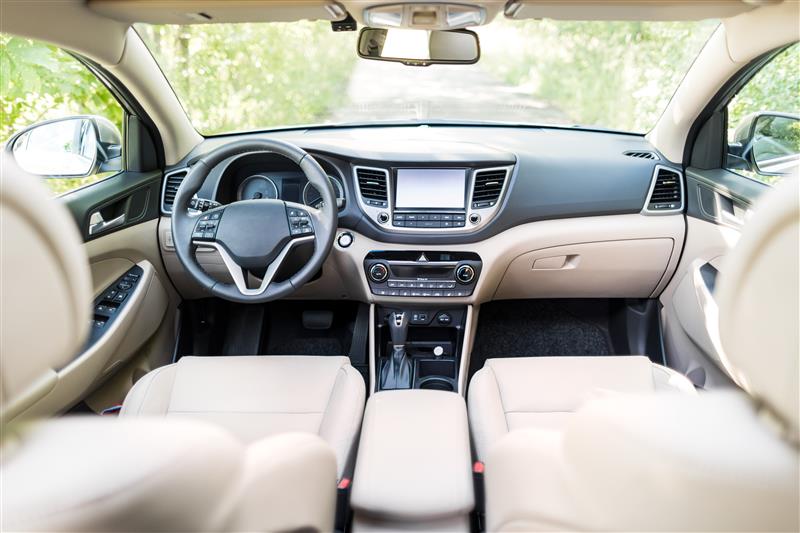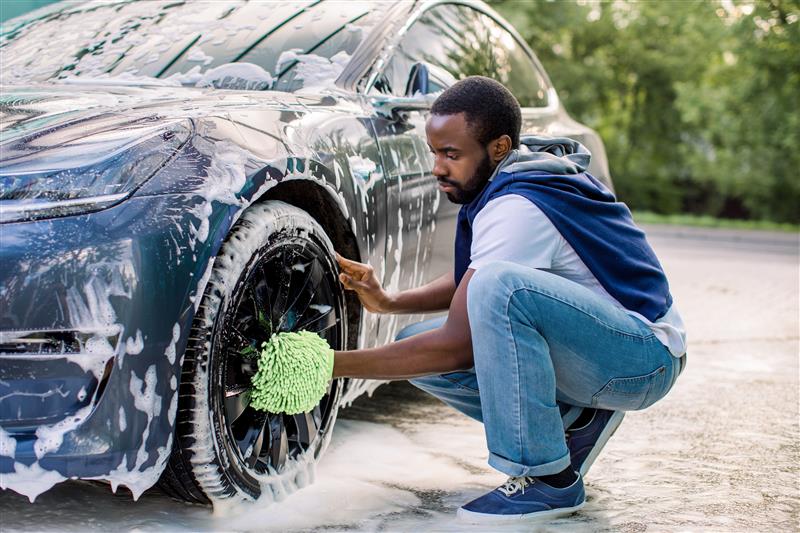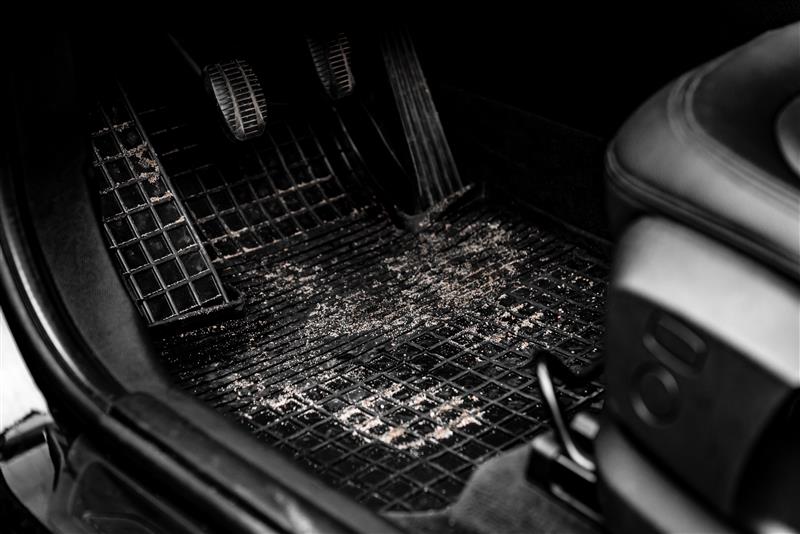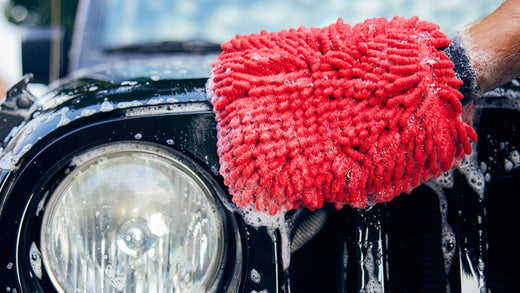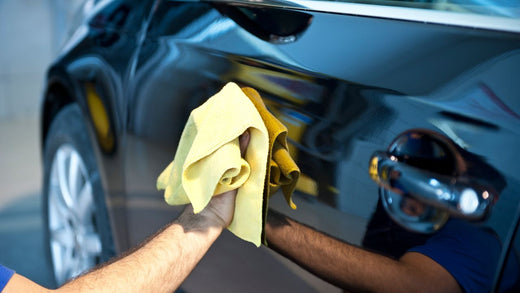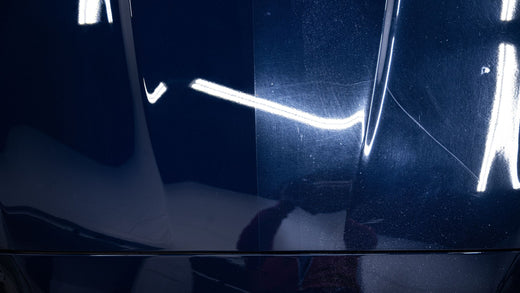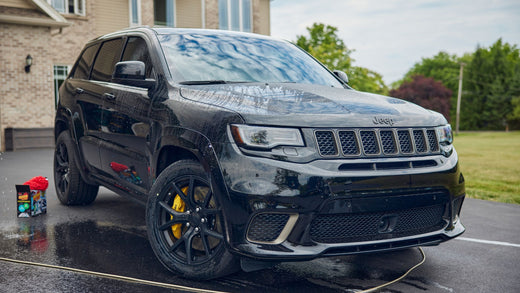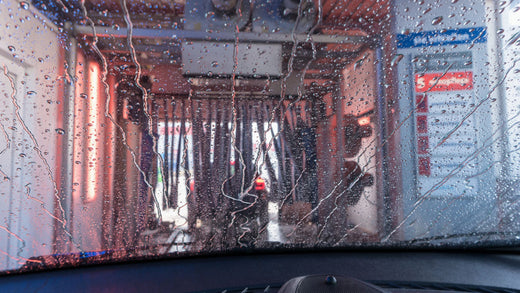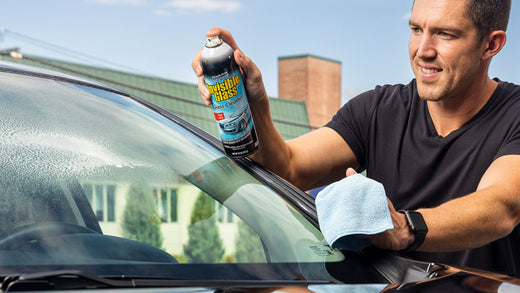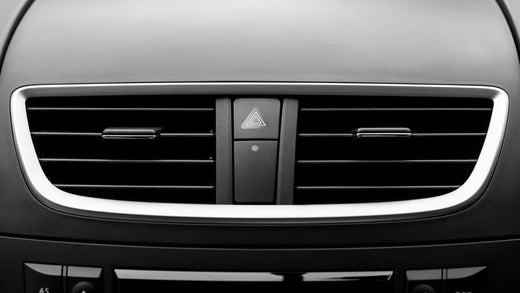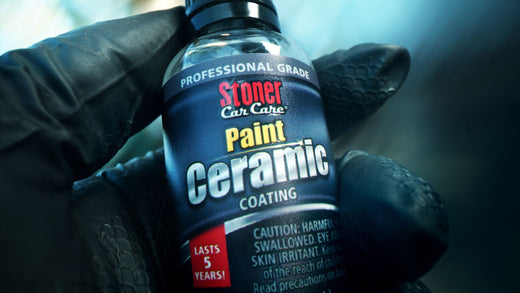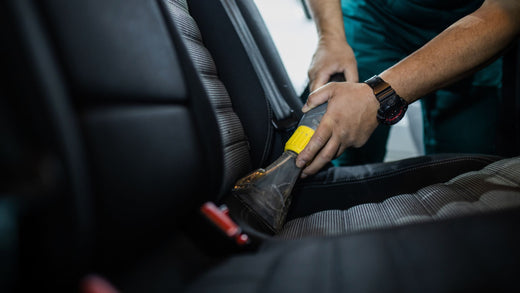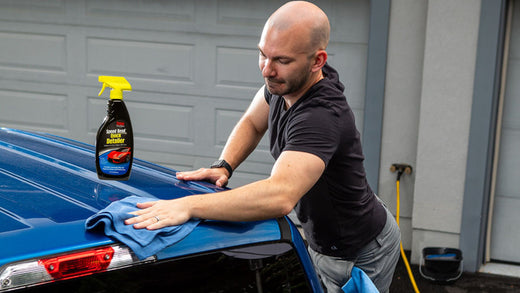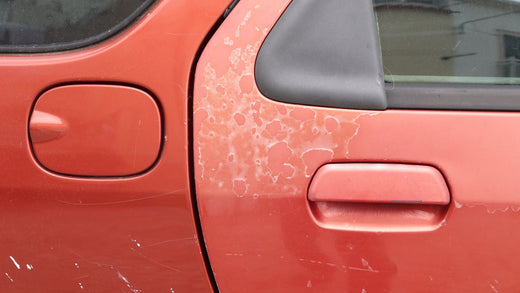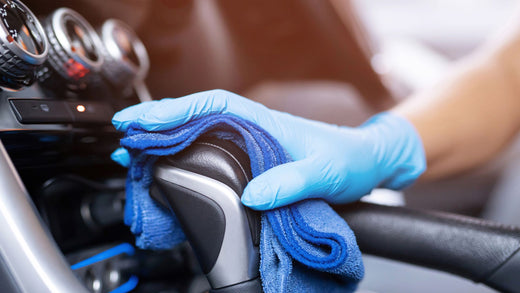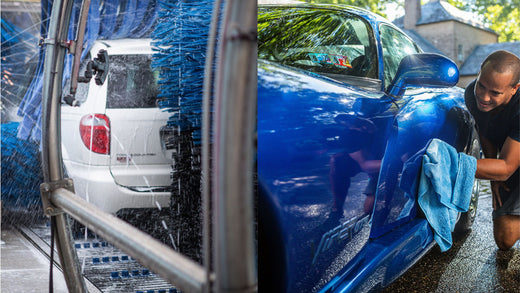Score free shipping this Cyber Monday! Time to stack up on your detailing essentials! No code required.
Car Corrosion: it's the stealthy villain in the automotive world, quietly chipping away at the beauty and durability of our vehicles. Think of it as the rust that lurks in the shadows, ever-ready to take a toll on your car’s looks and lifespan. But fear not! Getting to grips with the science of corrosion doesn't require a degree in chemistry. This blog will demystify what causes corrosion, how it operates, and the different types you might encounter. More importantly, we'll equip you with effective strategies to protect your car against this unseen adversary. By the end, you’ll be well-prepared to keep your ride pristine and strong against the elements.
The Science of Car Corrosion
At its core, corrosion is like an uninvited guest at your car’s party. It's a natural process that starts with electrochemical reactions, where metal meets moisture and oxygen, and things start to get rusty. Let’s peel back the layers on the factors that make your car more prone to this metal-munching phenomenon.
Exposure to Salt: The Winter Woes
If you live in an area where the roads become winter wonderlands, your car faces a hidden challenge. Road salt is more than just a de-icer; it's a corrosion catalyst. It accelerates rust formation, fast-tracking the oxidation of metal parts. It's like adding fuel to the corrosive fire.
Road Debris and Pollutants: Everyday Enemies
Every drive adds a layer of road debris, pollutants, and contaminants to your car. This isn't just dirt—it’s a cocktail of corrosive elements. When mixed with moisture, these substances become a breeding ground for rust, quietly conspiring against your vehicle’s metal surfaces.
Environmental Conditions: The Humidity and Sea Air Factor
Cars in humid areas or near the coast face their own set of challenges. High humidity and salty sea air create the perfect storm for corrosion. These moist conditions are an open invitation for those electrochemical reactions to speed up, making your car more susceptible to the rusting process.
How Corrosion Happens
At the heart of car corrosion lies a process as old as metal itself: oxidation. Picture this: metals like iron or steel in your are exposed to oxygen and moisture. It sounds harmless enough, but they kick off a chemical reaction when these elements and conditions mingle, forming oxides, those pesky agents of rust.
As this reaction unfolds, the oxidation compromises the strength and integrity of your vehicle’s metal. Understanding this process is key to keeping your car in fighting shape against the inevitable forces of nature.
Types of Car Corrosion
Corrosion isn't just a one-trick pony; it comes in various forms, each with its unique way of wreaking havoc on your car. Let’s explore the different types of corrosion that can affect your vehicle.
Surface Corrosion: The Visible Enemy
Surface corrosion is the graffiti of the car world. It's the most obvious form, showing up as rust or oxidation right where you can see it. It often starts small, maybe a tiny spot here or there, but like a bad habit, it can spread quickly if you don't nip it in the bud.
Galvanic Corrosion: When Metals Disagree
Imagine two different metals on your car getting into a bit of a tiff. That's galvanic corrosion. It happens when dissimilar metals, like aluminum and steel, are in contact. They don't play well together and end up causing an electrolytic reaction, speeding up the corrosion process.
 Crevice Corrosion: A Sneaky Culprit
Crevice Corrosion: A Sneaky Culprit
Pitting Corrosion: The Pockmarked Menace
Understanding the various faces of corrosion is crucial to keep your car in top-notch condition. Each type poses unique challenges, from the conspicuous rust of surface corrosion to the insidious spread of crevice and pitting corrosion. With this insight, you can better safeguard your vehicle against these common yet preventable foes, ensuring it stays as resilient and stunning as the day you first drove it.
Preventing Car Corrosion
Corrosion might seem like an inevitable foe, but you can keep it at bay with the right care and precautions. Here are some tried-and-true tips to help you protect your vehicle against corrosion.
Regular Washing and Waxing: The Dynamic Duo
Think of washing and waxing your car as its spa day. Regular washes whisk away salt, dirt, and pollutants, which are corrosion’s best buddies. Follow up with a good waxing, and you’ve just added a superhero cape to your car. This protective layer wards off environmental elements, keeping corrosion at arm’s length.
Undercoating and Rust Inhibitors: The Hidden Shields
Undercoating your vehicle and using rust inhibitors is like giving your car a secret armor. These protectors are particularly handy for those out-of-sight areas most vulnerable to corrosion. It’s a behind-the-scenes defense strategy that can make a world of difference.
Keep the Interior Dry: The Moisture Watch
Moisture isn’t just an outdoor problem. Inside your car, it can be just as sneaky, contributing to corrosion. Keep your car’s interior dry and well-ventilated. Throw in some moisture-absorbing products for good measure, and you're taking a big step towards a rust-free environment.
Address Scratches and Dings Promptly: The Quick Fix
Those little scratches and dings might not seem like a big deal, but they’re open doors inviting in moisture. Tackle these blemishes quickly to close the door on corrosion before it gets a foothold.
Rust-Resistant Materials: The Proactive Choice
When eyeing a new car or replacement parts, lean towards rust-resistant materials. This choice is like choosing an umbrella over a sunhat in a rainstorm—it’s the smart way to stay dry, or in this case, rust-free.
Routine Inspections: The Vigilant Eye
Regularly checking your car for early signs of corrosion, especially in hidden spots like the undercarriage and wheel wells, is like playing detective. Catching these clues early means you can jump into action before things escalate.
Protective Coatings and Sealants: The Extra Layer
Applying protective coatings and sealants to areas prone to corrosion is like wrapping your car in a protective bubble. These products form a barrier that laughs in the face of moisture and contaminants.
Proper Storage: The Safe Haven
Storing your vehicle in a dry, covered place when not in use is like giving it a safe house. A garage or car cover is your car’s best friend, offering shelter from the harsh elements and reducing the risk of corrosion.
Don’t Let Corrosion Get the Best of Your Car!
Car corrosion may be a fact of life, but it doesn't have to be your car's destiny. Equipped with a solid understanding of what drives this pesky process and armed with proactive measures, you have the power to keep your beloved vehicle looking sharp and sturdy for years to come. Think of regular maintenance, protective coatings, and quick responses to any signs of trouble as your trusty sidekicks in this ongoing battle against corrosion. By staying vigilant and taking these protective steps, you can ensure your car remains a well-cared-for companion on the road. Enjoy the ride!
